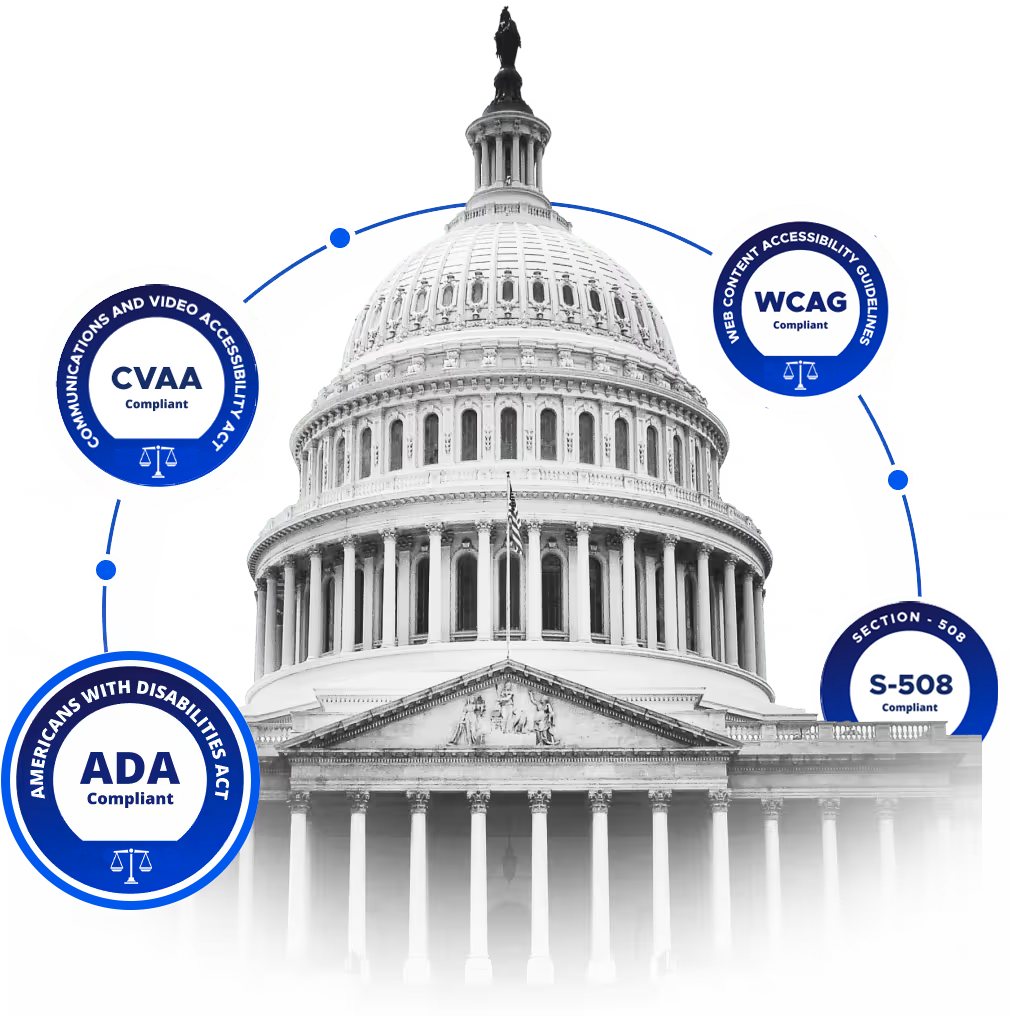Physical Barrier Compliance
Who does the ADA protect and what does it apply to?
 The Americans with Disabilities Act (ADA) of 1990 protects individuals with disabilities from physical barriers that impede access to public and private spaces. Title III of the ADA mandates that businesses remove architectural barriers when it is readily achievable. This law ensures that everyone, regardless of physical ability, has equal access to public accommodations such as stores, restaurants, and hotels.
The Americans with Disabilities Act (ADA) of 1990 protects individuals with disabilities from physical barriers that impede access to public and private spaces. Title III of the ADA mandates that businesses remove architectural barriers when it is readily achievable. This law ensures that everyone, regardless of physical ability, has equal access to public accommodations such as stores, restaurants, and hotels.
As an individual with a disability, the ADA protects your right to access public spaces without encountering physical barriers. Here’s how your rights are enforced:
-
Accessible Routes: You are entitled to accessible pathways, including ramps and wide doorways, ensuring you can navigate public spaces freely (ADA Standards §§ 206, 402, 405, 404.2.3).
-
Bathrooms: Restrooms must be designed for accessibility, with features like accessible stalls, sinks, and grab bars (ADA Standards §§ 603, 604).
-
Eating and Service Areas: You have the right to accessible seating and service counters in restaurants and similar establishments (ADA Standards §§ 226, 902). Additionally, under state laws like Missouri Code § 196.210 and Florida Statutes § 509.221, many establishments are required to provide public restrooms that comply with both state and ADA standards.
-
Parking: Accessible parking spaces must be available, properly marked, and include access aisles for easy entry and exit (ADA Standards §§ 208, 502).
-
Signage: Clear and accessible signage must guide you to accessible routes, entrances, and facilities, including tactile signs for individuals with visual impairments (ADA Standards §§ 216, 703).
Our firm is dedicated to ensuring your rights are fully enforced. We take legal action to remove barriers and ensure compliance with both federal and state laws. Whether through negotiation or litigation, we work tirelessly to secure your right to full access in public spaces.

